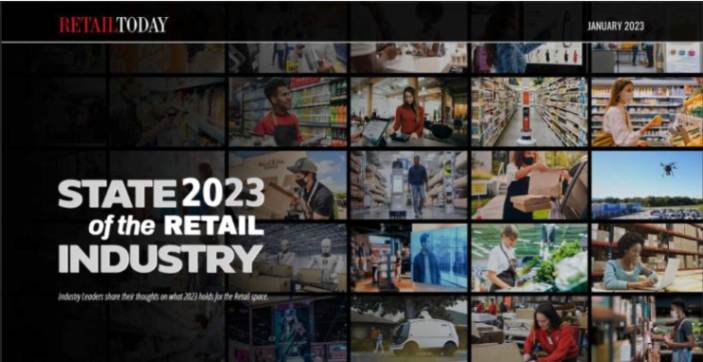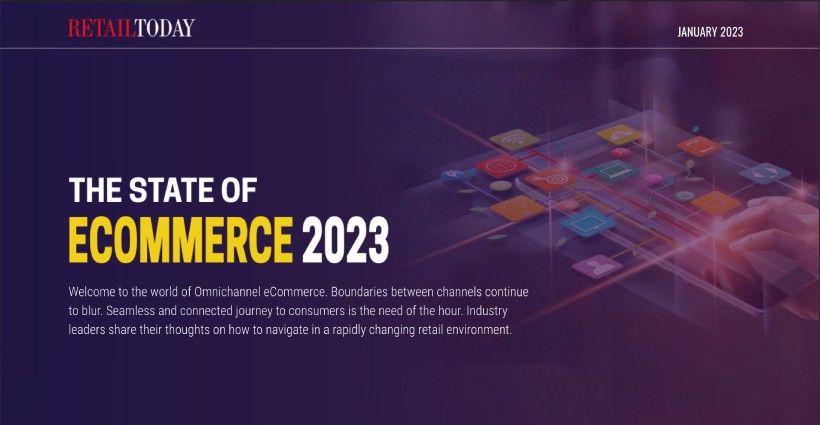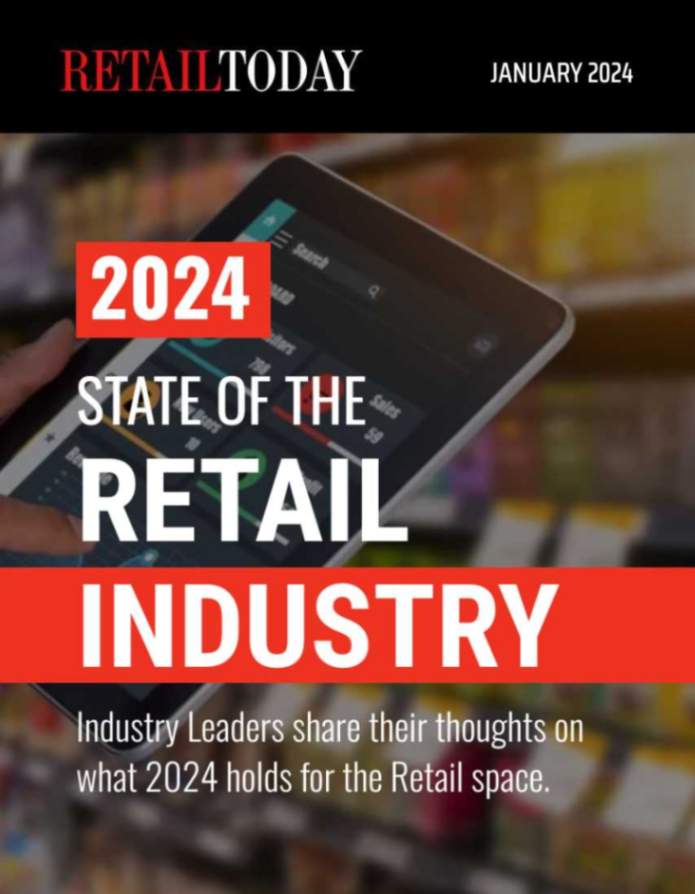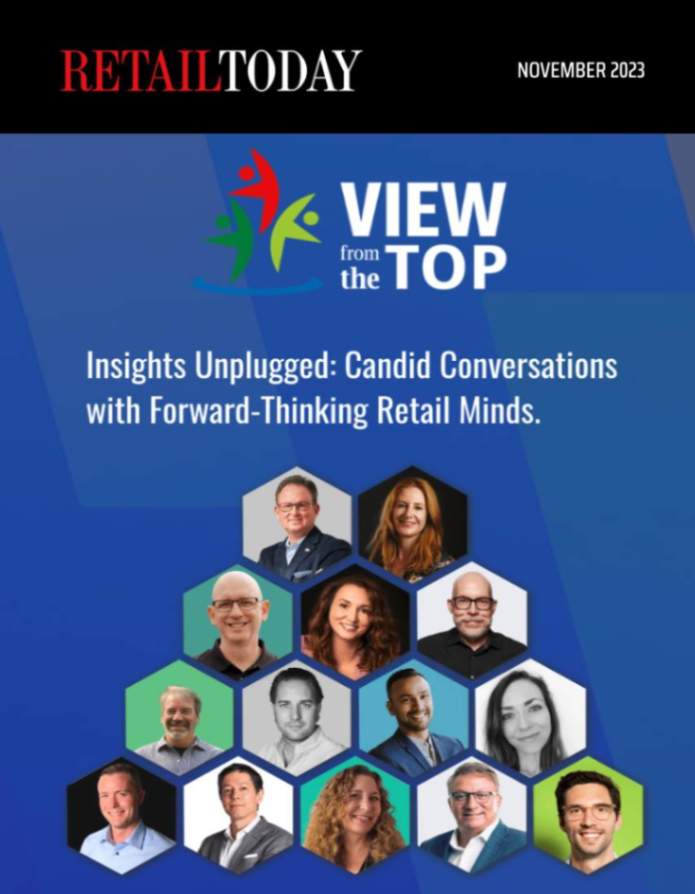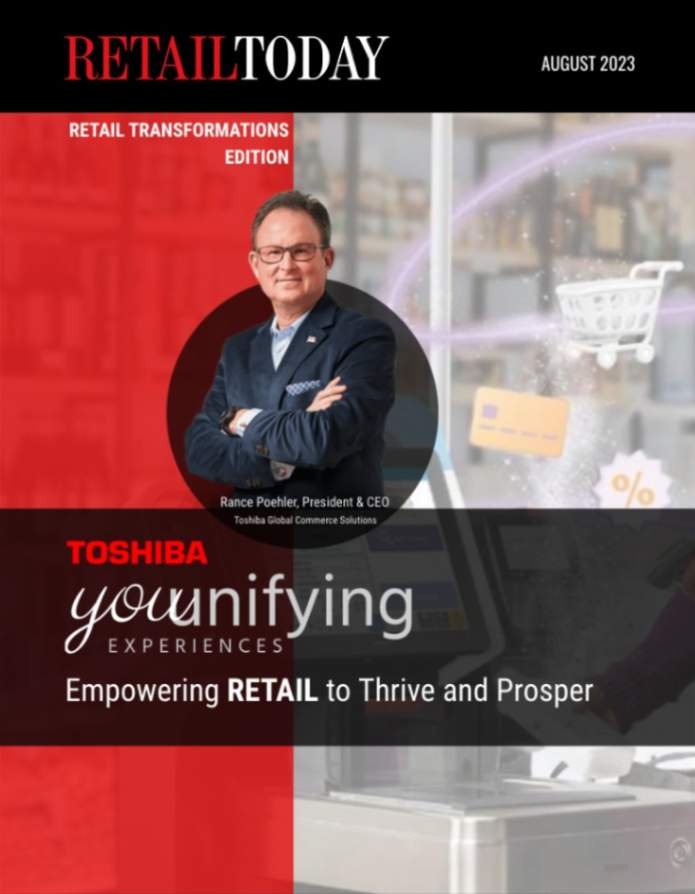
In recent years, retail has experienced significant changes, largely driven by market dynamics and technological advancement. Technology has shaped every facet of the industry—store operations, merchandising, supply chain, inventory management, shopper experiences, employee engagements, and more.
New in-store technology is poised to drive transformation in the industry even further. However, technology almost always comes with a learning curve, and if retailers can’t adapt quickly, they may fall behind, or worse – suffer significant business losses.
Today’s challenges
In the last few years, some retailers have leveraged predictive artificial intelligence (AI) to generate data-driven forecasts and hypothetical scenarios. This capability quickly became a game-changer for the industry and transformed the way businesses plan for the future. With the rise of generative AI in the form of ChatGPT in 2022, retailers opened their eyes to the possibilities beyond using AI solely for forecasting.
Retailers can use generative AI to facilitate intelligent business planning. This technology can advance their critical decision-making and frees up human bandwidth. Generative AI can recommend new products to sell, inventory to carry and allocate, collaboration among teams and to develop contingency plans. However, despite all the benefits that generative AI provides retailers, it still relies on humans to be able to wield and understand it. While some retailers have successfully begun integrating generative AI into their processes, others are still trying to understand the potential of AI and pondering how to leverage its power.
Another key challenge we hear from Blue Yonder’s customers is around the need for change management to complement their supply chain transformation project. While it’s already a complex undertaking to implement new technology, what we hear from customers is introducing the tech to employees is especially difficult. Retailers should treat change management not like a singular item on a to-do list, but rather as an ongoing process that continually evolves with team needs and converges with new uses cases.
Tomorrow’s opportunities
With an unprecedented variety of shopping channels and options, consumers are constantly changing their expectations and preferences; this freedom necessitates more responsive and agile retail capabilities like up-to-the-minute inventory management, seamless returns capabilities, and nimbler distribution networks. Retailers also need enhanced forecasting and inventory visibility to expand their competitiveness in order to offer superior consumer experience. Retailers who leverage such solutions successfully will see tangible business results.
When viewed through the lens of emerging technology like AI, tried-and-true technologies gain a new lease on life. For example, a multi-use camera that can predict shelf compliance by sensing customer interaction and opening an LLM dialogue with an employee is far more useful than a sensor that waits until it breaks to trigger an alert. Technology that focuses on emergence and convergence rather than simply being one and done offers continued opportunities to improve retailers’ planning capabilities.
For retailers, the future is bright
Advanced technology is abundant for retailers, offering much-needed solutions to today’s complex customer and industry ecosystem. While new technology can introduce challenges to retail organizations, it also presents tremendous opportunities. With a thoughtful, thorough approach, retailers can take advantage of all that technology has to offer while continuing to support their teams, serve the consumers, and growth their business.
Shannon Wu-Lebron brings more than 20 years of experience as a retail industry executive, responsible for running e-commerce business, leading project teams across merchandising, supply chain and ERP areas. As Corporate Vice President, Global Retail Industry Strategy, at Blue Yonder she counsels global retailers on industry-leading best practices and technology advancements. She also collaborates with Blue Yonder’s product development and innovation teams to align on addressing the challenges of today’s retailers.

